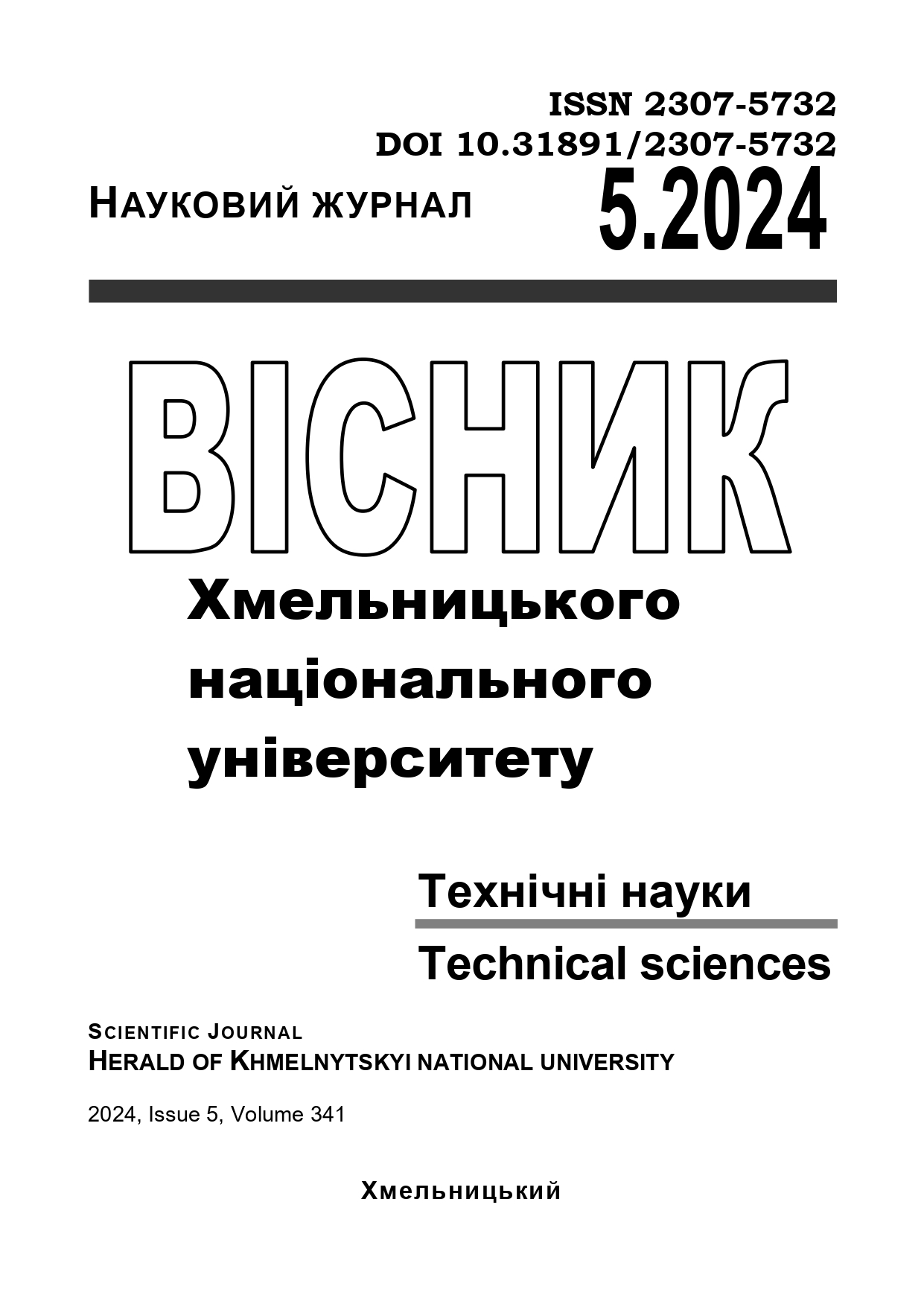MODERN SOLUTIONS AND DEVELOPMENT OF BASIC METHODS AND MEANS OF MEASURING SULFUR BY MASS IN PETROLEUM FUELS
DOI:
https://doi.org/10.31891/2307-5732-2024-341-5-69Keywords:
sulfur measurement, petroleum fuels, analytical methods, automation, digital systems, environmental standards, analysis accuracy, quality control systemsAbstract
One of the most progressive directions in the oil refining industry is the accurate measurement of the mass fraction of sulfur, which is a complex process of controlling the quality of fuel in accordance with their requirements and standards. The development of these technologies was made possible by advances in analytical systems, sensor technologies, and automation of measurement processes. A key component of modern sulfur measurement is the development and adaptation of strategies and methods to accurately and reliably estimate fuel sulfur content. The focus is on measuring, understanding, and applying factors that affect sulfur content, such as fuel composition, processing technologies, environmental regulations, and quality control standards.
The purpose of this work is to research innovative, modern solutions and directions for the development of basic devices for measuring the mass fraction of sulfur in petroleum fuels, which contribute to the adoption of reasonable management decisions to ensure fuel quality and compliance with environmental standards. The study emphasizes that measuring sulfur content is an integral part of comprehensive quality management systems that involve the use of integrated analytical methods rather than individual methods. Thanks to the rapid development of information technology, based on innovative advances in spectroscopy, sensor systems, data processing algorithms and automation, solutions have been developed that combine all elements of sulfur measurement into unified and efficient systems.
Among the modern solutions and directions of development of systems for measuring sulfur content are the use of advanced spectroscopic methods with high accuracy and speed of analysis; use of automated sensor systems for continuous monitoring of sulfur levels in real time.

